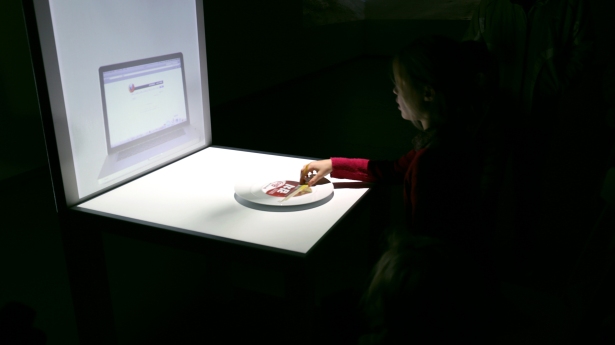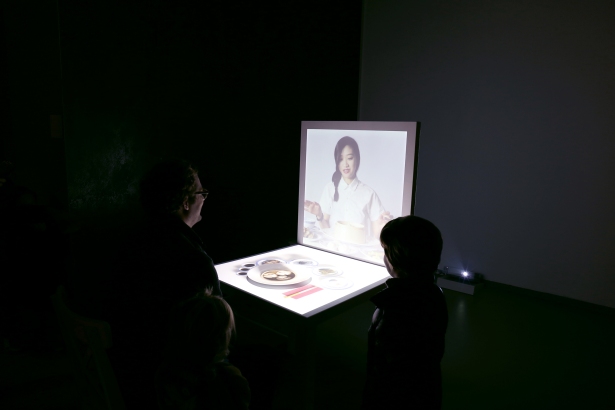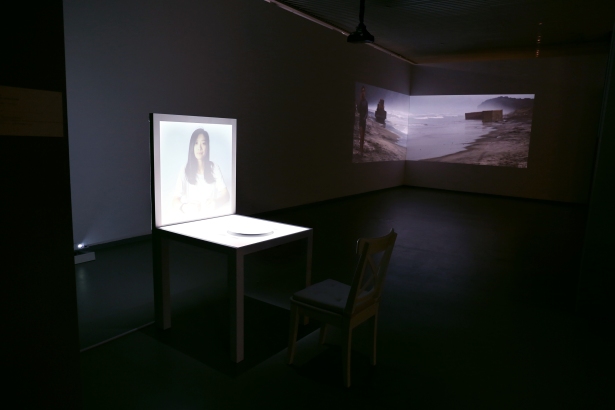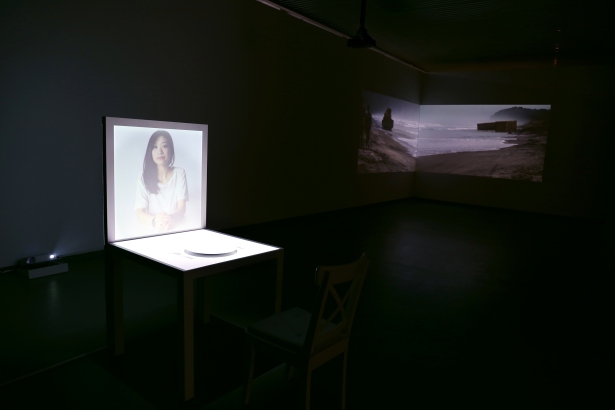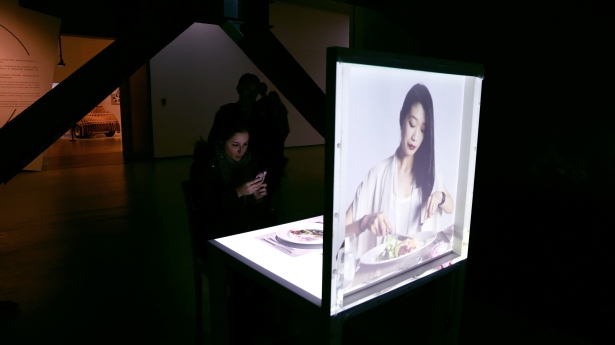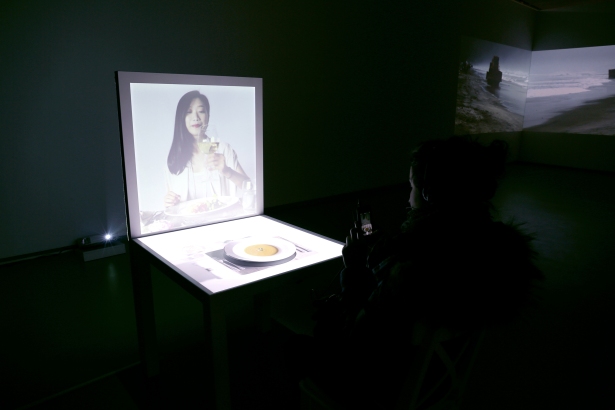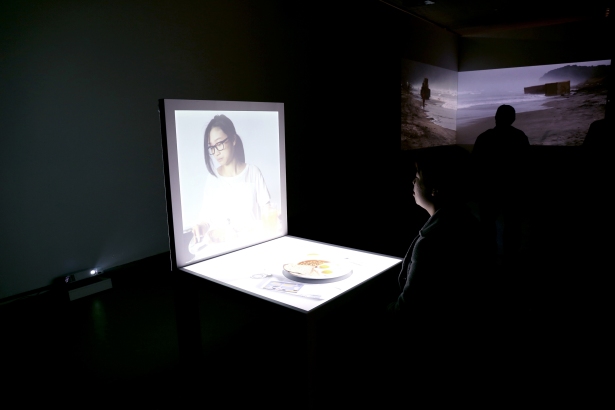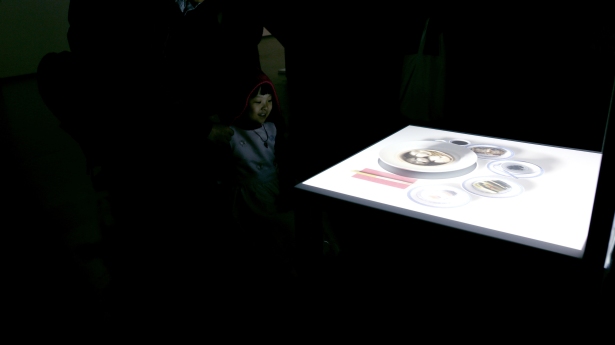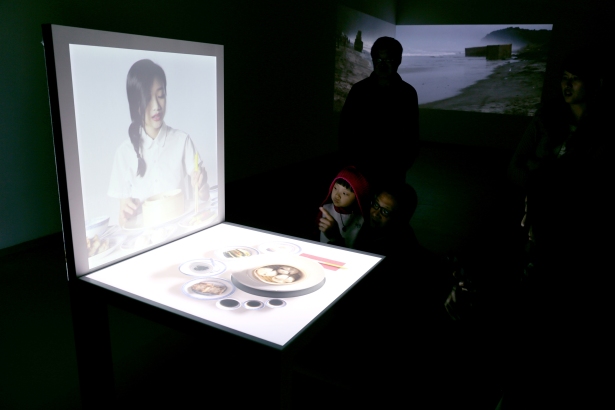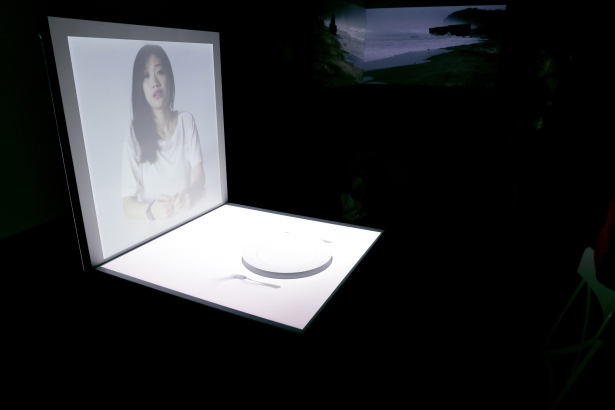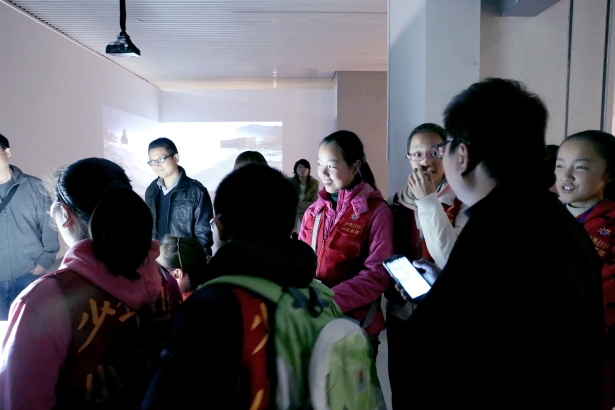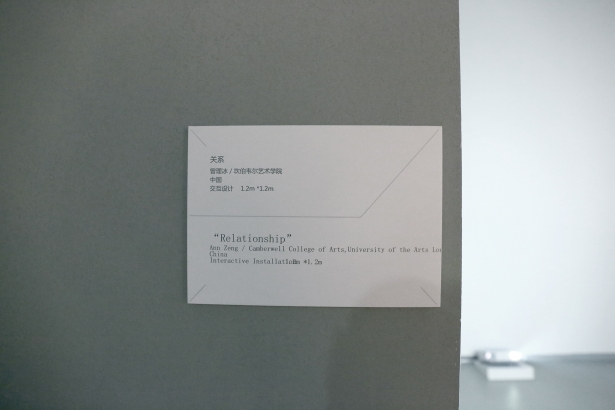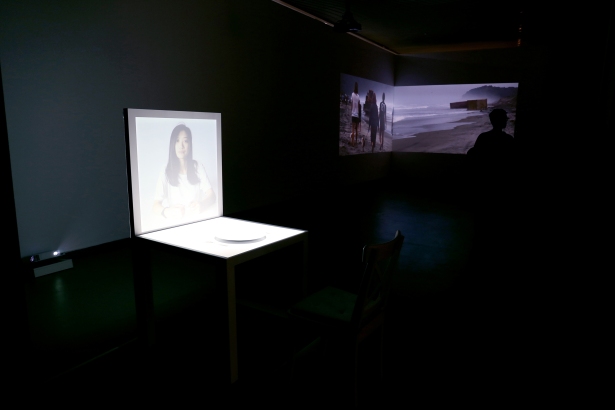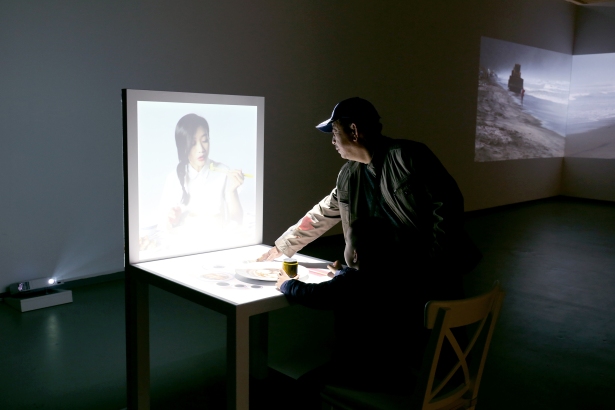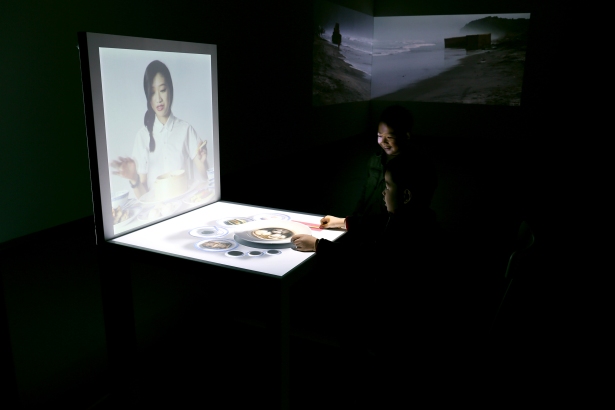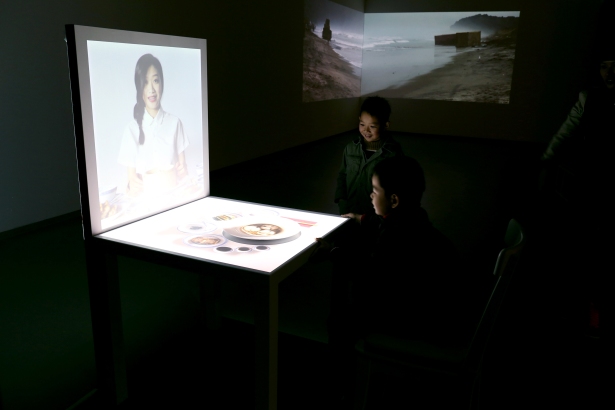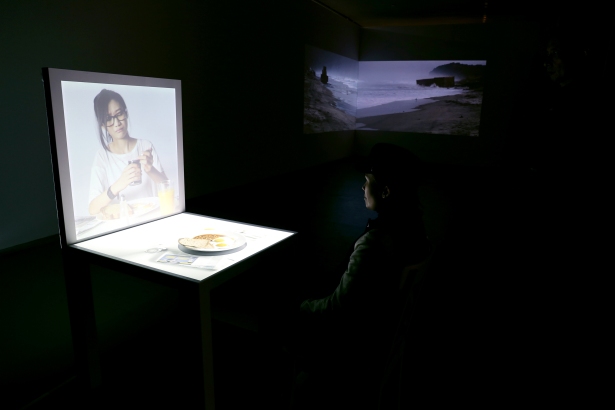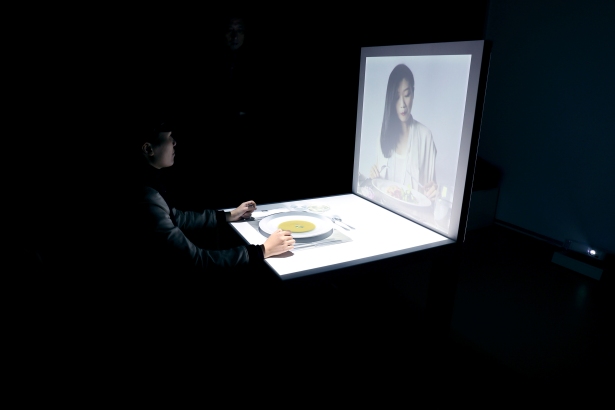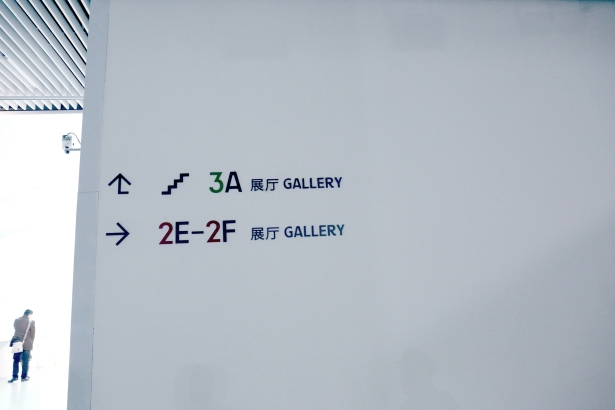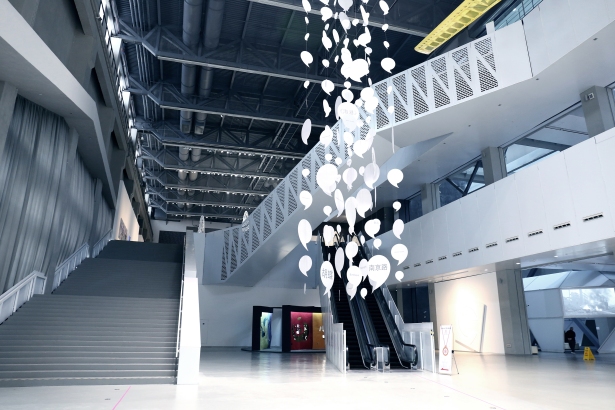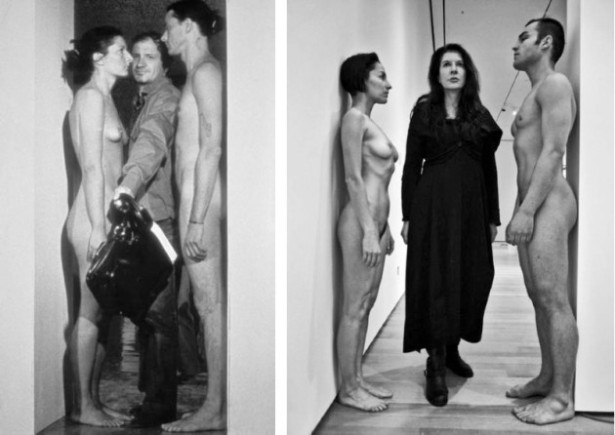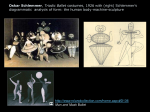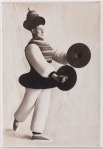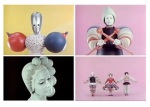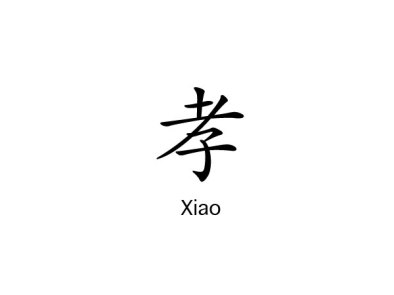Exhibition
Colección MACBA. Muntadas. Between the Frames: The Forum (Barcelona), 1983-1993 (2011)
Muntadas’ work Between the Frames: The Forum (1983-1993) will be presented as part of the exhibition Volume. The artist defines the piece as follows: “An extensive vision of the artistic system of the 1980s”. Between the Frames is a large installation, one highly representative of Muntadas’ work, which forms part of the MACBA Collection. The project, which was completed over a ten-year period, reveals the artist’s main concerns in his work during the 1980s: the relations between art and society; representation, interpretation and the values of art; and art’s relations with the contemporary phenomena that are popular culture, the media and architecture. Between the Frames: The Forum clearly references the series On Translation, an open work that is still in progress.
The installation Between the Frames: The Forum is built around a series of interviews of artists, artist’s agents and other mediators, and is divided into eight chapters: the dealers, the collectors, the galleries, the museums, the docents, the critics, the media, and an epilogue (the artists). Each section, which operates completely independently and, at the same time, as an integral part of the complete series, examines the roles of the different people and institutions that mediate between art and its audience. The (video) images operate as a metaphoric counterpoint to the (audio) commentaries that form the installation. The chapters are all similar in structure, as Muntadas intercuts the audio material from the interviews with different images. All begin with the following statement: “At as part of our time, culture and society, shares and is affected by rules, structures and tics, like other economic, political and social systems in our society”. Between the Frames is a portrait of art in the 1980s. Many of those interviewed for the project have since died, imbuing the work with a clear historic status.
Muntadas designed a modular structure to present Between the Frames at the Wexner Center for the Arts, Ohio State University, in 1994. This architectural structure creates a physical space for discussion, a “forum” to hear the voices of the different personalities interviewed. That same year, the installation was also presented at the MoMA in New York and the CAPC Musée d’Art Contemporain in Bordeaux. Between the Frames was later shown at the Fundació Tàpies in Barcelona and the Witte de With Center for Contemporary Art in Rotterdam, amongst others.
Col- leccio@MAC BA (Museu d’Art Contemporani de Barcelona)
The current display of the Collection, which is presented on Level 0 of the Museum, identifies the transition from the twentieth to the twenty-first century as the moment of consolidation of sound and voice as materials for artistic production. The new model is rooted in experimental video and cinema works that favour a narrative language that gradually frees itself from the image. Precedents for this interest can be found, however, in Dadaist phonetic poetry from the early twentieth century, and in the poésie sonore and Lettrist experiments that followed the Second World War. More recently, as well as the reflections of theoreticians such as Roland Barthes and Mladen Dolar, whose contributions steered the visual arts toward a sudden attention to sound, we have had the new technological possibilities for recording, altering and reproducing the voice. The relationship between voice and image, vocal experimentation, the inner voice and the voice of power, are some of the approximations to the human voice that can be found in this exhibition.
Echoing the formal and material innovations introduced by the historic avant-gardes in the early twentieth century, contemporary art has dethroned the eye as the hegemonic sense and reinstated hearing in a real and contingent body. The white cube, that ‘machine for looking’ associated to an idea of the museum as inherited from the past, is showing its age. The viewers, re-embodied, have acquired a nearchoreographic quality and outstripped its limits through a multiplicity of experiences. The three-dimensional nature of the Euclidean volume (from classical physics) has been replaced by the volume of sound and voice. This change in material has worked radical changes on the perceptive system and on behaviour: based on the convention dominated by what is visual, we can begin to narrate a history of art with a new multi-sensorial dimension.
The narrative thread of the exhibition begins with Juan Muñoz. Waste Land, 1986, Muñoz’s peculiar approximation to the poem by T.S. Eliot, presents a theatrical space for a latent dramaturgy that involves the viewer, as is the case in the installations by Oppenheim and Latifa Echakhch. ‘You read Eliot, and you have the impression it’s a voice in an empty room,’ Muñoz says. Through this transposition, the fake voice of the ventriloquist dummy – simultaneously a real object and a representation – lets normality be permeated by strangeness to reveal a dislocation.
With the installation Modernologie (Triangular Atelier), 2007, Florian Pumhösl undertakes an aesthetic and ideological revision of modernism’s artistic legacy from a more rationalist perspective. The installation is made up of panels ‘bound’ in black fabric that unfold in the space as diagonal forms. The work refers to the eponymous project by the Japanese architect Kon Wajirō, and to the Japanese avant-garde artist and designer from the twenties, Murayama Tomoyoshi. What this work represents is not a dialogue between cultures, but culture as a dialogue in itself.
From the point of view of epic, the foundational archetype of Western culture, we find the critical gaze of Joan Jonas in Lines in the Sand, 2002. ‘Take my hands in your hands, teach me to remember, teach me not to remember.’ The words of H.D. (Hilda Doolittle) traverse like a subterranean current within Jonas’s videographic palimpsest, a work about the deconstruction of myths based on Helen in Egypt by the same author. The analysis of gesture as a symbol of power also articulates Portrait, 1994, by Muntadas. The work dismantles the voices of power through a slow procession of anonymous hands that, with the hypnotic rhetoric of their movement, reveal the finality of gestual stereotypes.
Representative and interpretative processes constitute a place for reflection in which totally different works can be inscribed. Hearing Aid, 1976, by Michael Snow, demonstrates that all representations are distortions. In this minimalist installation, it is sound that produces the image. Snow questions the nature of sound, but also memory, space and the limits of representation. In Nature morte, 2008, by Akram Zaatari, the pervasive voice of a muezzin, amplified by the loudspeakers in the mosque, envelops the close-up shots of two men in turbans cleaning their working tools at dawn. Everything develops with great ambiguity. Only the voice’s recitative, as a contextualising element, and a very brief sequence provide any clues for the disambiguation of the image.
If the accentual qualities of the voice are important in Zaatari’s work, they are also a prominent element in So Different… And Yet, 1980, by James Coleman. The contemporary Olympia at the centre of this videographic monologue, in a static shot lasting fifty minutes, speaks with an exaggerated French accent that parodies national identities; she also parodies gestures and costumes as visual signs defining the identity of the subject. An essential piece in a theatre without theatre, So Different… And Yet is inscribed in the experimentation with language that defines the work of this artist, who uses the media of cinema and theatre to question the nature of representation.
The photographs in Cabinet of, 2001, by Roni Horn, precede the installation by Latifa Echakhch À chaque stencil une revolution, 2007, of great lyrical power. The silent oratorio by Echakhch stimulates different perceptive areas in the viewer. By using the remains of tracing paper characteristic of the pre-digital era, the work erects a silent chapel to the social revolutions of the recent past, while engaging in a critique of the so-called revolutionary powers of today. The title, taken from a sentence by Yasser Arafat referring to May ’68 and the protests against the Vietnam War, aims to be a reflection on the nature of today’s activism.
In his monologue, Face A / Face B, 2002, Rabih Mroué films the time that binds the voice and the memory of a given instant, of an image linked to his own voice recorded in a tape that traverses time and space. The subjective character of all transcriptions is at the base of Postscript / The Passenger (OV), 1996–2010, by Pierre Bismuth. The text projected on this work is the retro-writing of the dialogue and atmosphere of the film by Michelangelo Antonioni The Passenger, 1975, by a woman about whom all we know is that she is listening to the soundtrack of the film. Bismuth transforms the cinematic experience into a literary one, in a tension caused by the non-cinematic space, and reveals the fragility of image reading codes, the independence of the eye from the ear, and the redundancy of the ear in a world conditioned by the visual experience. Against a silent background, we find the portraits of the Latin Kings’ urban tribes by Jean-Louis Schoellkopf.
Without any direct political connotations, but dealing in the concept of subordination, Bruce Nauman proposes a reflection on the nature of power in Shit in your Hat – Head on a Chair, 1990, in which an invisible voice gives absurd orders to an alienated character (a mime) who obeys it blindly.
The suggested itinerary ends with Not I, 1972, by Samuel Beckett. This is a key work in Beckett’s oeuvre because it allows the author to turn language into the motor of dramatic action. This ‘machine gun of words’, the incandescent mouth that talks about itself in the third person while repeatedly denying its identity, synthesises with great formal purity the central thesis of the exhibition: the importance of the voice in the artistic production of the early twenty-first century and the change it has brought to the way we relate to works of art.
“Global Screen” @CCCB ( Centre de Cultura, Contemporana de Barcelona)
The aim of the exhibition is to show every aspect of the power of the screen: seduction, spectacle, creation of archetypes and models, information, communication, shock factor, interactivity, surveillance, etc. It is a power that technological advances serve to renew, increase and diffract from the initial format, the big cinema screen, to today’s proliferation. Screens that are present everywhere, at all times, screens that allow us to see and do everything: TV screens, video screens, touch screens, spy screens—interactive, recreational, informational… The screen has become a constituent element of hypermodern societies.
The exhibition also sets out to show how this power has gone from the big screen of the cinema to all kinds of digital screens, imposing its model: the cinema model or cinevision, a worldwide phenomenon, creating a world made up of screens and screens that create the world.
Independently of cinevision, the screen has also become the gateway to the world. It is not only aspects of everyday life that happen on screen; relations with the city, culture and knowledge are also conditioned by what screens contain and convey. The phenomenon is all the more powerful because it is globalized and instant: the screen not only creates another, illusory, spectacular world, it actually gives us access to it.
Eva and Franco Mattes: Anonymous, untitled, dimensions variable @Carroll/ Fletcher
Today, we vist the Carroll/ Fletcher gallery for the exhibition by Eva and Franco Mattes aka 0100101110101101.ORG.
In Anonymous, untitled, dimensions variable – an exhibition with a daily changing title – artist-provocateurs Eva and Franco Mattes aka 0100101110101101.ORG disrupt the safe environment and conventions of the art gallery. In a compelling cacophony of facts and fictions, performances are held in videogames, images are appropriated from random personal computers, a webcam suicide is simulated, fake sculptures are attributed to revered artists and potentially toxic artifacts sit next to stolen fragments of precious artworks and a hacked arcade game. Eva and Franco Mattes’ first exhibition in London explores the unfolding narratives and unforeseen consequences of their interventions and subversive hoaxes in physical and virtual space.
Every day throughout the exhibition, Eva and Franco Mattes will change the title of the show to emphasize the evolving, participatory nature of their works. The titles will be made public in the gallery space and on this blog, both platforms are open to the audience’s comments and feedback.
The whole exhibition is so interesting, most of the works are about the Game world, such as online game, coin-operated game, playground…
It’s very impressvie to see the work which is reproduced by 3D version of Marina Abramović’s famous work, ” Imponderabilia. “, in 1977.
Reenactment, 2007.
Marina Abramović and Ulay in Imponderabilia. Galleria Comunale d’Arte Moderna, Bologna, June 1977. © Marina Abramović.
No Fun, 2010 Online performance.
A webcom suicide is simulated in the onlin performance.
My Generation, 2010 Video collage
It’s a “screaming” work lays on the floor. The nerdy video-game players were driven their mad by the online games, screaming and smashing their computer screen and keyboard in the video.
Stolen Pieces, 1995, publicly revealed in 2010
Artworks’ fragments stolen by the artists from museums around the world.
It’s really adventruous and funny work, stole the fragments from the artists’ work and record them by video. This precious collection of relics includes a lable peeled from Jeff Koon’s equilibrium tank, even a little blob of lead from an installation by Joseph Beuys!!!! How adventruous they were!!!!!! and I also like their display.
Originality and authorship are the anchors that keep the art world within safe waters, which protect its hierarchical structure from the uncertainty of a network without unique creators and professionals guarding each other’s status. Catt (2010) – an In- ternet meme turned into a sculptural piece, which was originally exhibited as the work of artist Maurizio Cattelan and accepted as such by an unsuspecting audience – aims to agitate this established order, offering the possibility of chaos within the system.
Colorless, odorless and tasteless, 2011
Customized arcade game.
Bauhaus ‘ Art as Life’ @ Barbican Art Gallery
I just went to the Bauhaus ‘Art as Life’ exhibition at Barbican art gallery. The exhibition presents the pioneering and diverse artistic production that makes up the school’s trubulent fourteen-year history from 1919 to 1933. It develops into the subjects at the heart of the Bauhaus through more than 400 works, including painting, sculpture, ceramics, textiles, furniture, graphic, product design, theatre, architecture, film and photography.
The most attractive work for me is from Oskar Schlemmer. Afterwards, I do some research about him and his work:
Oskar Schlemmer (4 September 1888 – 13 April 1943) was a German painter, sculptor, designer and choreographer associated with the Bauhaus school. In 1923 he was hired as Master of Form at the Bauhaus theatre workshop, after working some time at the workshop of sculpture. His most famous work is “Triadisches Ballett,” in which the actors are transfigured from the normal to geometrical shapes. Also in Slat Dance and Treppenwitz, the performers’ costumes make them into living sculpture, as if part of the scenery.
Triadische Ballett, Oskar Schlemmer
Song Dong: Waste Not @ Barbican Gallery
The ‘Waste Not” exhibition by a chinese artisit, Song Dong, is presented in the curve hall of the Barbican Gallery. The work is defined by “Installation”, although I think it looks more like ‘Chinese Collection’. Comprising over 10,000 household possessions and part of tge family home, the installation is a tribute to the artist’s mother, who make this vast collection over a period of five decades. The idea ‘ Waste Not’ comes from the Chinese adage ‘Wu jin qi yong’ 物尽其用,which means saving and re-using objects of all kinds, a prerequisite for survial.
This kind of collection just remind me of the typical hebavior of the elder in China, such as every grandmother. The behavior as a traditional virtue is remained by the majority of the elder people. They would like to collect any objects anywhere they can be stored. Sometime these objects are used to be the memory; sometime they are reused; but most of the time, they are just stored for nothing.
I think there is one of the symbols of the generation gap in China.
Personally, the key word of this exhibition is ‘Piety’ rather than ‘Waste Not’. Maybe for the western people, all of the objects in this show are attractive and fresh. No one can deny it’s a good opportunity to take a look of the household possessions coming from a Chinese family and give a better idea of what Chinese life is. However, I think the original idea of the artist is making his mother feel better after his father passed away. This art work as a medicine heals the great mother who made this kind of collection and exhibition. It’s so interesting to see the other ‘function’ of art. Just like the artist signed at the entrance of the Barbican Centre,”爸, 别担心,我们和妈都挺好的。” Art is also a language to communicate with the people u can’t talk with. :). More importantly, in this case, art as a form to represent the typical Chinese merit of Piety …
But, is it art???


